Report: Digital Evidence Collection in Forensic Investigation
VerifiedAdded on 2022/08/12
|8
|397
|20
Report
AI Summary
This report delves into the critical aspects of digital evidence collection within forensic investigations. It emphasizes the significance of volatile data residing in computer RAM as crucial evidence. The report highlights the importance of clear communication between the investigation team and evidence collectors, alongside best practices for scene management, including dividing the area into manageable sections. It offers recommendations for handling computers, such as documenting the screen's state if the computer is on and avoiding powering off the device if it's off. Furthermore, the report outlines the use of write blockers for imaging hard drives and the correct packaging of evidence in anti-static bags to maintain the integrity of the collected data. The report references sources like SANS and SWGDE to support its guidelines.
1 out of 8

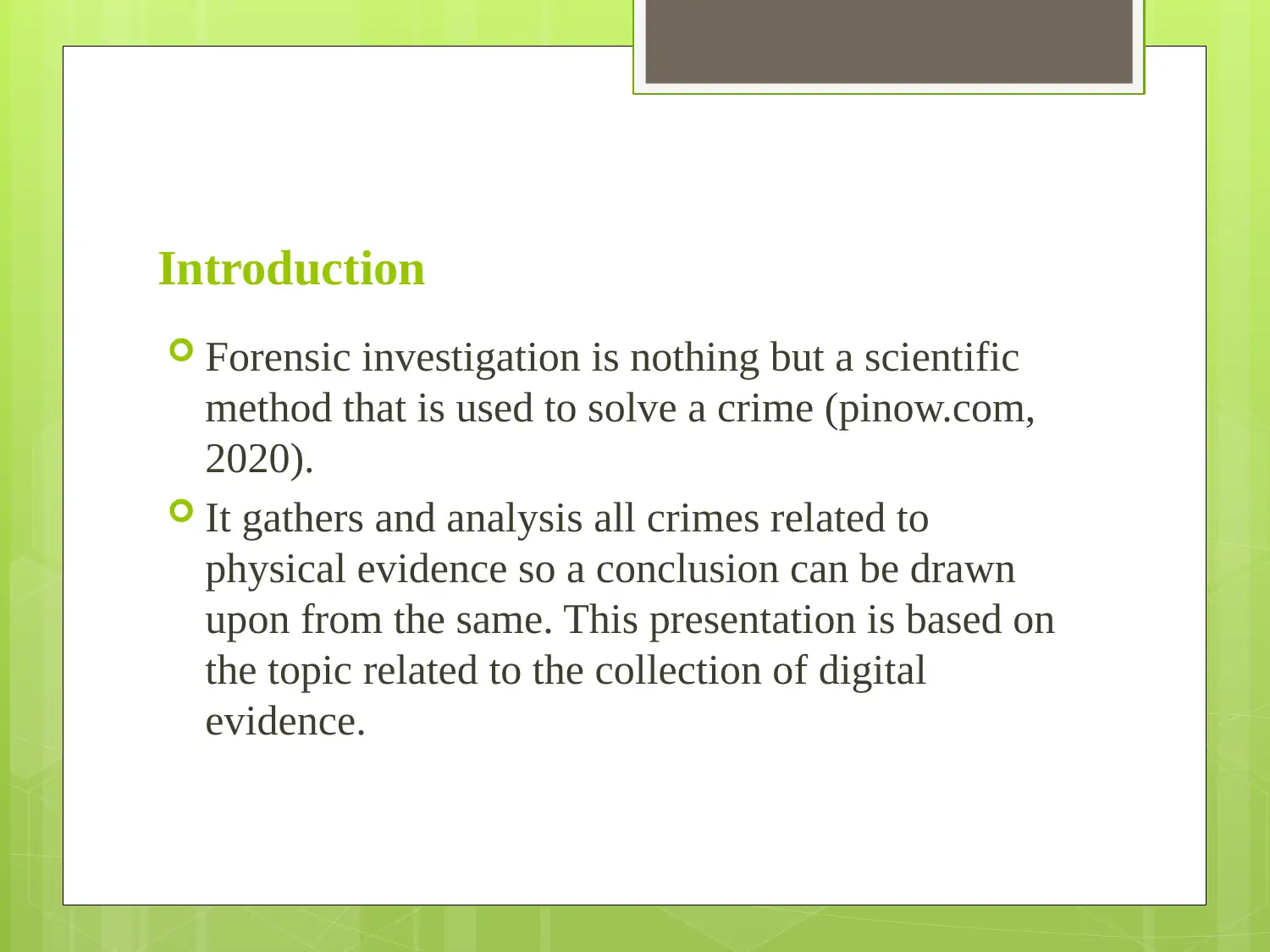
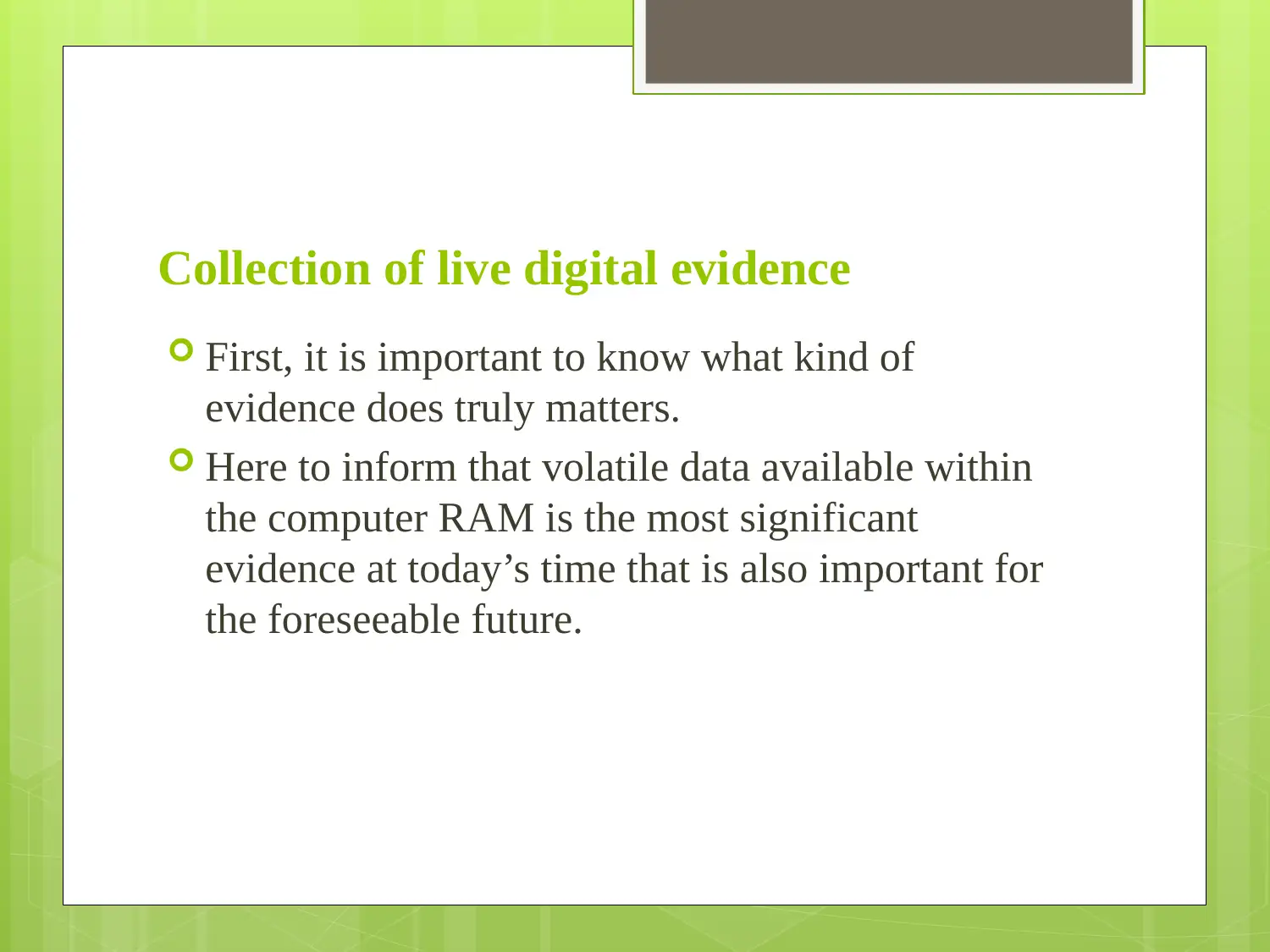

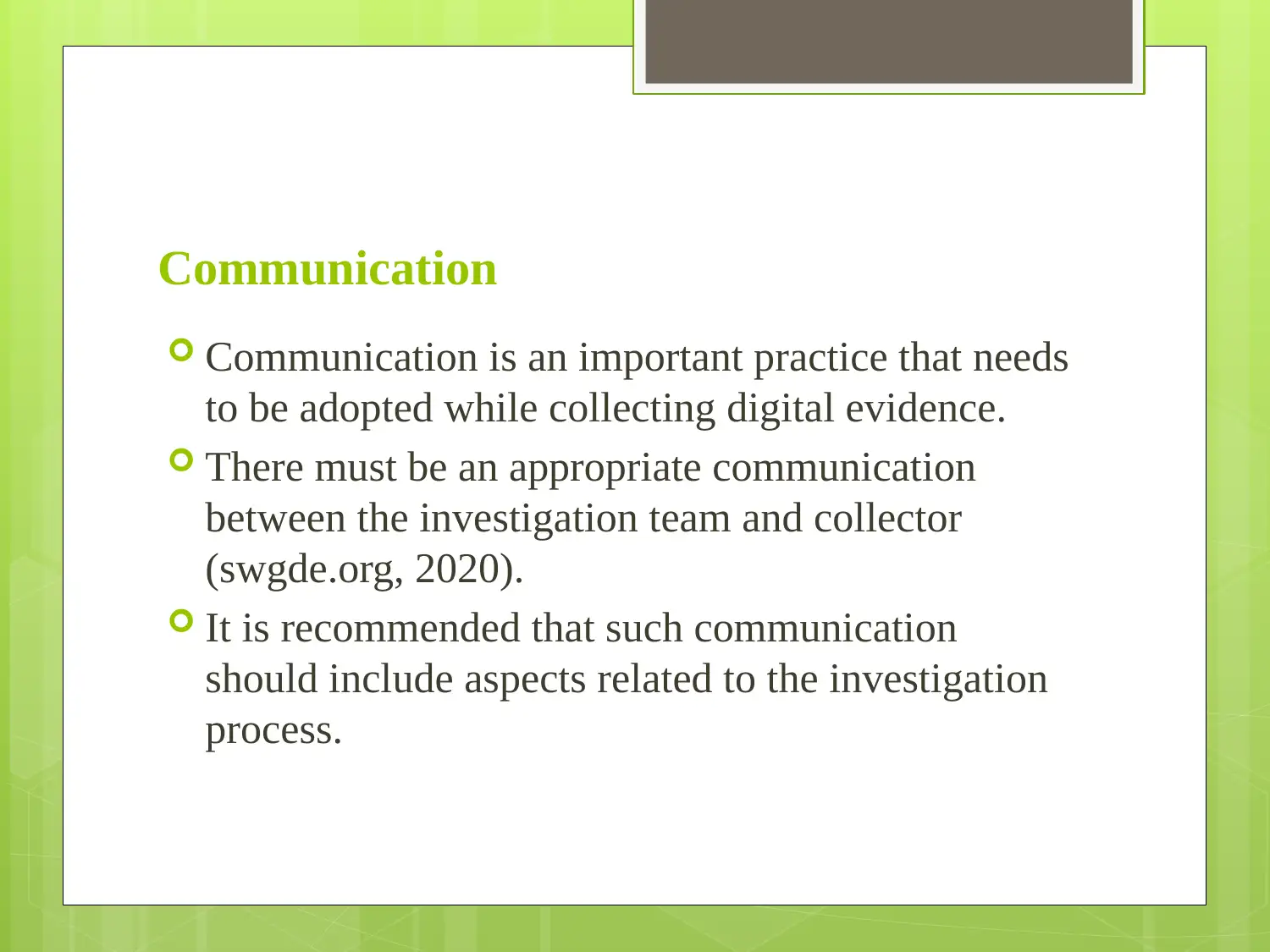
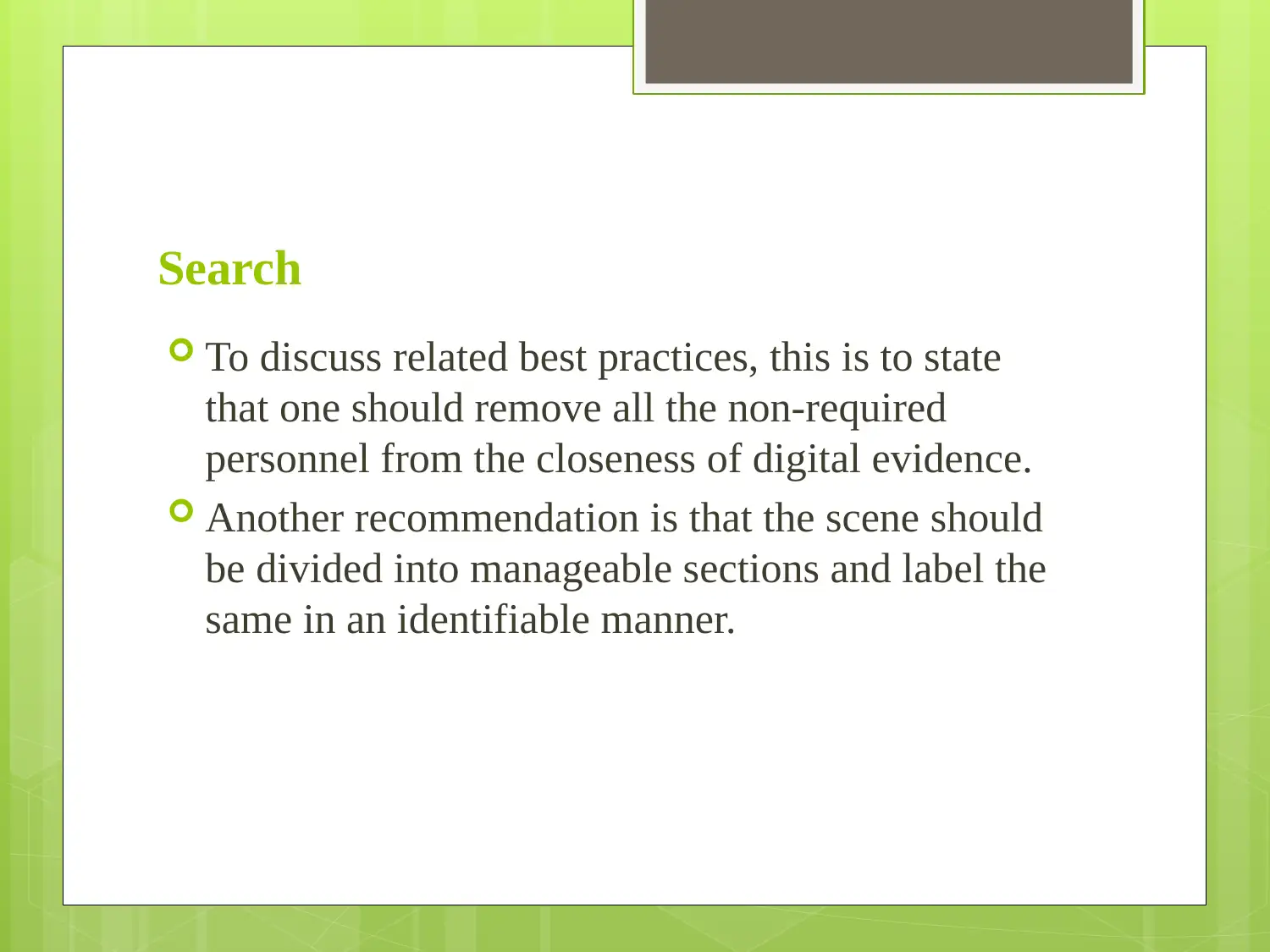
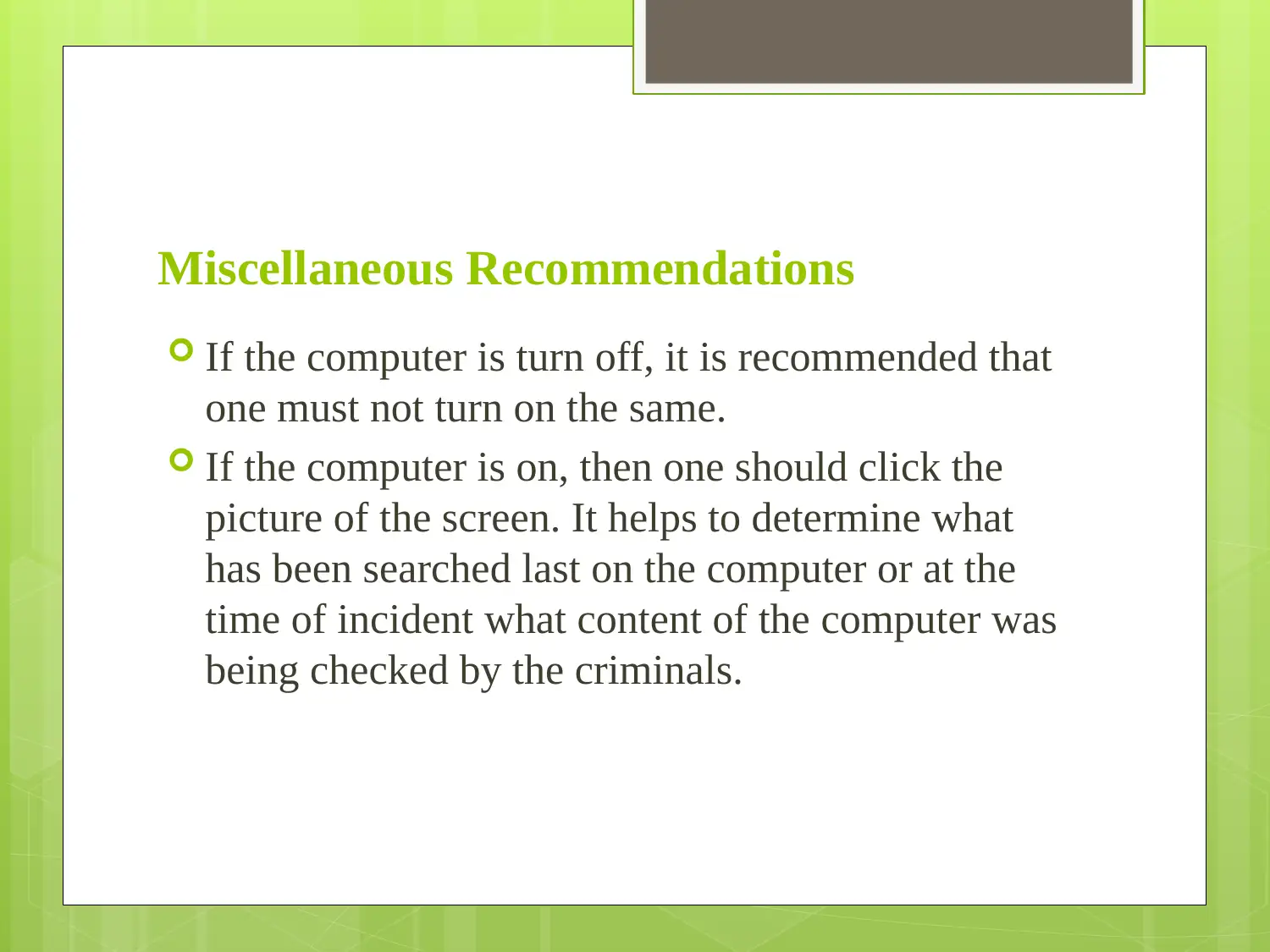
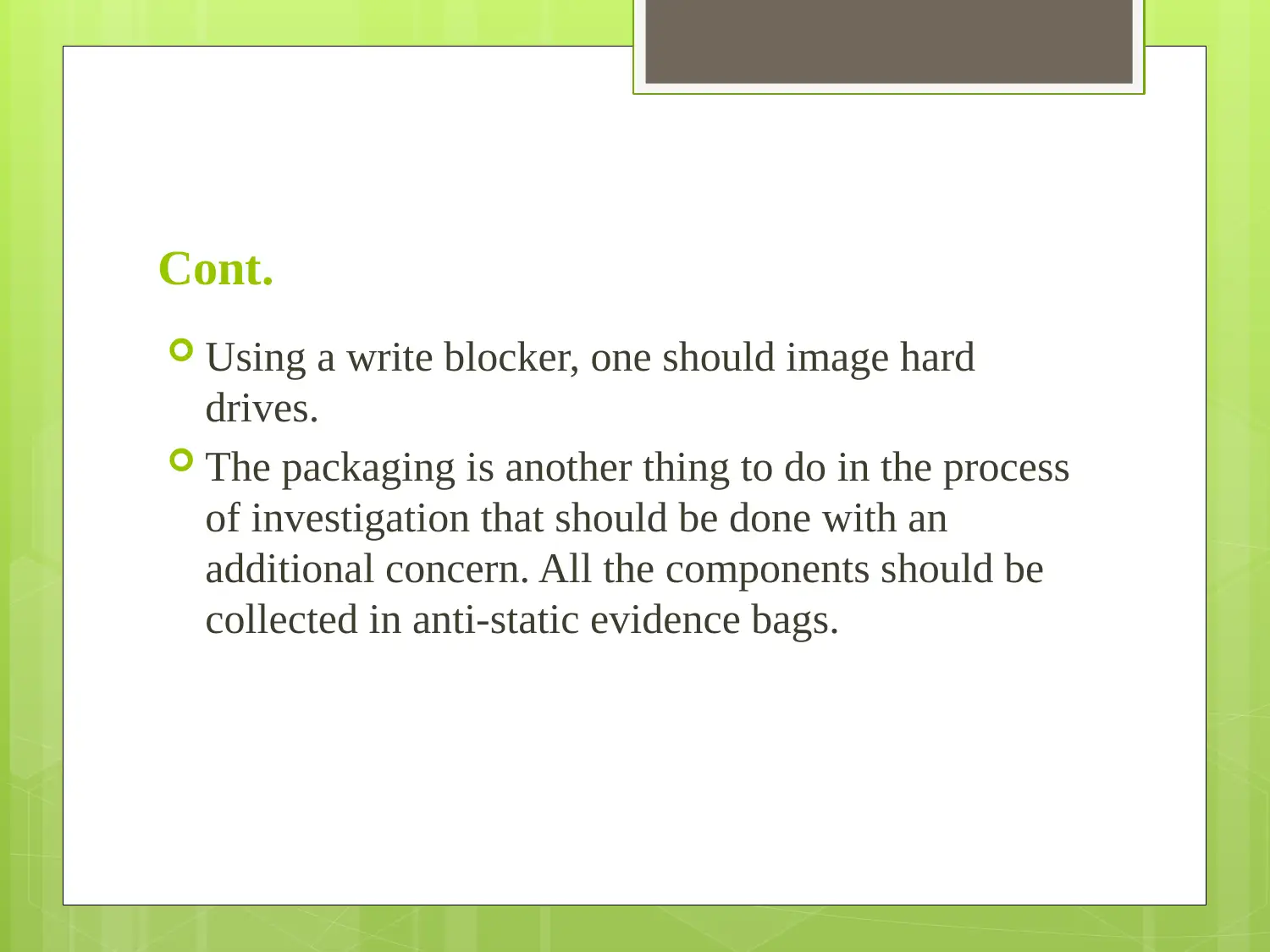
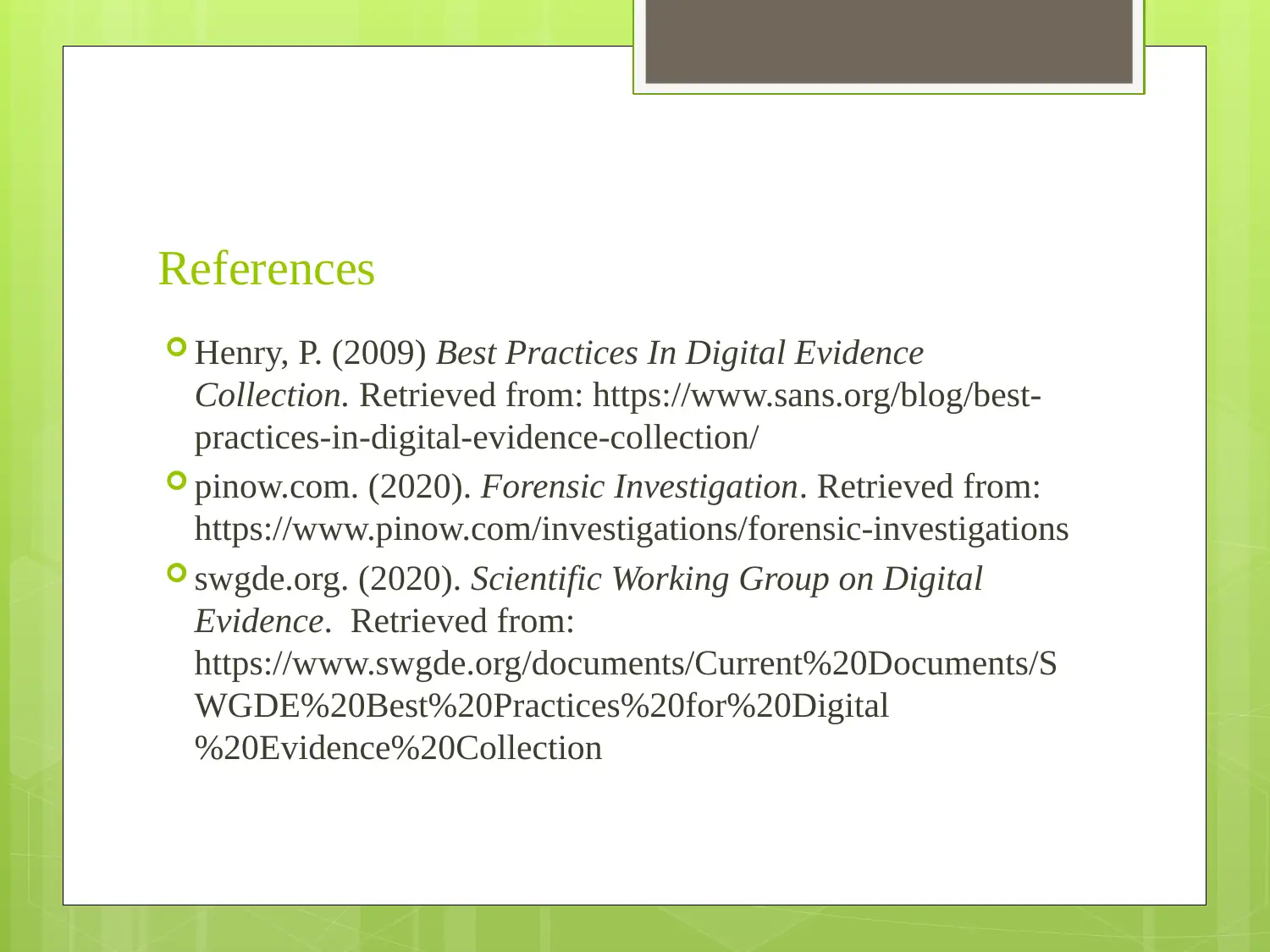





![[object Object]](/_next/static/media/star-bottom.7253800d.svg)